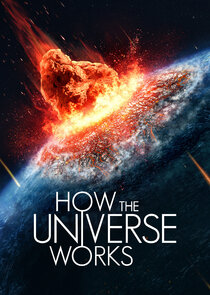Katherine Louise Bouman (born 1989) is an American engineer and computer scientist working in the field of computer imagery. She led the development of an algorithm for imaging black holes, known as Continuous High-resolution Image Reconstruction using Patch priors (CHIRP), and was a member of the Event Horizon Telescope team that captured the first image of a black hole.
The California Institute of Technology, which hired Bouman as an assistant professor in June 2019, awarded her a named professorship in 2020. In 2021, asteroid 291387 Katiebouman was named after her.
Bouman grew up in West Lafayette, Indiana. Her father, Charles Bouman, is a professor of electrical and computer engineering and biomedical engineering at Purdue University.
At MIT, she was a member of the MIT Computer Science and Artificial Intelligence Laboratory (CSAIL). This group also worked closely with MIT's Haystack Observatory and with the Event Horizon Telescope. She was supported by a National Science Foundation Graduate Fellowship. Her master's thesis, Estimating Material Properties of Fabric through the Observation of Motion, was awarded the Ernst Guillemin Award for best Master's Thesis in electrical engineering. Her Ph.D. dissertation, Extreme imaging via physical model inversion: seeing around corners and imaging black holes, was supervised by William T. Freeman.Prior to receiving her doctoral degree, Bouman delivered a TEDx talk, How to Take a Picture of a Black Hole, which explained algorithms that could be used to capture the first image of a black hole.
Bouman joined Event Horizon Telescope project in 2013. She led the development of an algorithm for imaging black holes, known as Continuous High-resolution Image Reconstruction using Patch priors (CHIRP). CHIRP inspired image validation procedures used in acquiring the first image of a black hole in April 2019, and Bouman played a significant role in the project by verifying images, selecting parameters for filtering images taken by the Event Horizon Telescope, and participating in the development of a robust imaging framework that compared the results of different image reconstruction techniques. Her group is analyzing the Event Horizon Telescope's images to learn more about general relativity in a strong gravitational field.




